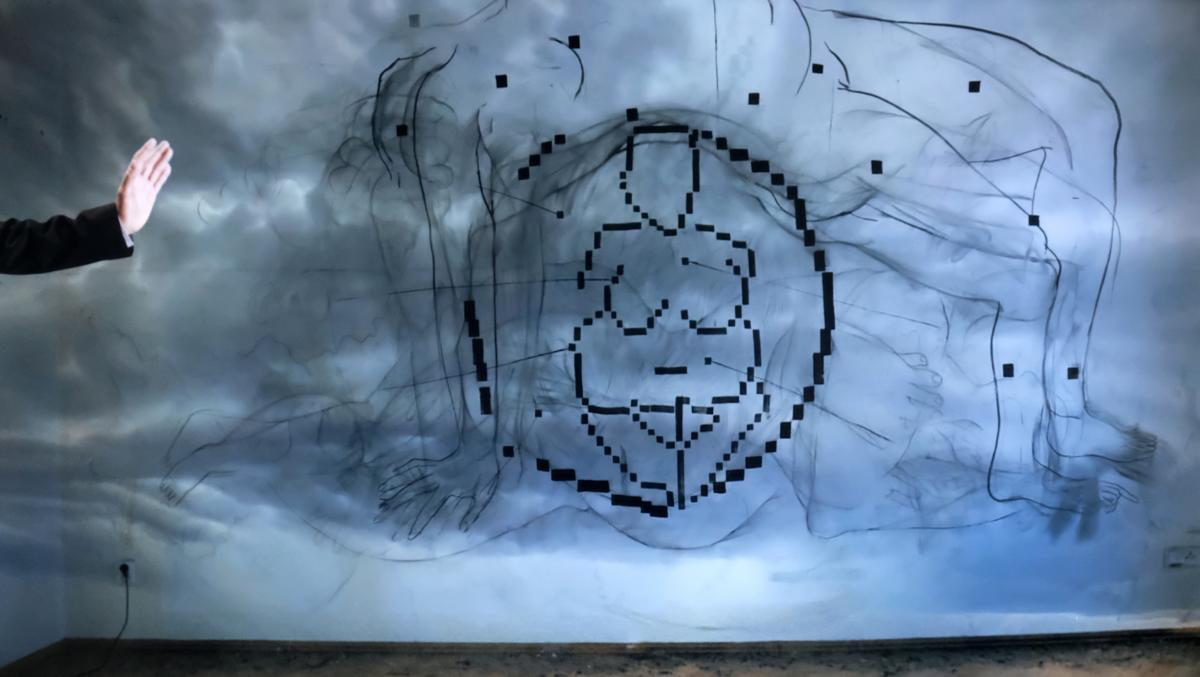
„Verum, sine mendacio, certum et verissimum:
Quod est inferius est sicut quod est superius,
et quod est superius est sicut quod est inferius,
ad perpetranda miracula rei unius.“
As above, so below. Heavenly events and their influence on events on earth are not one-sided – there are also events on earth that influence the events in heaven. The influence of the noosphere on the atmosphere is even more prominent in the context of the current ecological crisis. The Emerald Tablet (7th – 9th century AD), which is supposed to be a fundamental text of Hermeticism, deals exactly with such a connection between microcosm and macrocosm: man mirrors the stars’ movements in the sky and actively participates in this processes and influences the movements of the universe. If we look at the metaphor of Hermeticism literally, it expresses the heavenly events reflected on earth – it is the weather that affects us. However, at the same time, the weather is affected by our behavior. We all are witnesses of that, especially in these recent sweltering days of the ecological crisis. The relationship between microcosm and macrocosm can be also viewed as a political issue as Plato described in his book Republic[1]: maybe the relationship of time between the present, the past and the future functions on the same principle. These global issues in individual thinking constitute the theme of an exhibition arranged by Adéla Součková, in which the intuitive weather forecast within spacetime continuum represents the symbolic statement of the state of our everyday life.

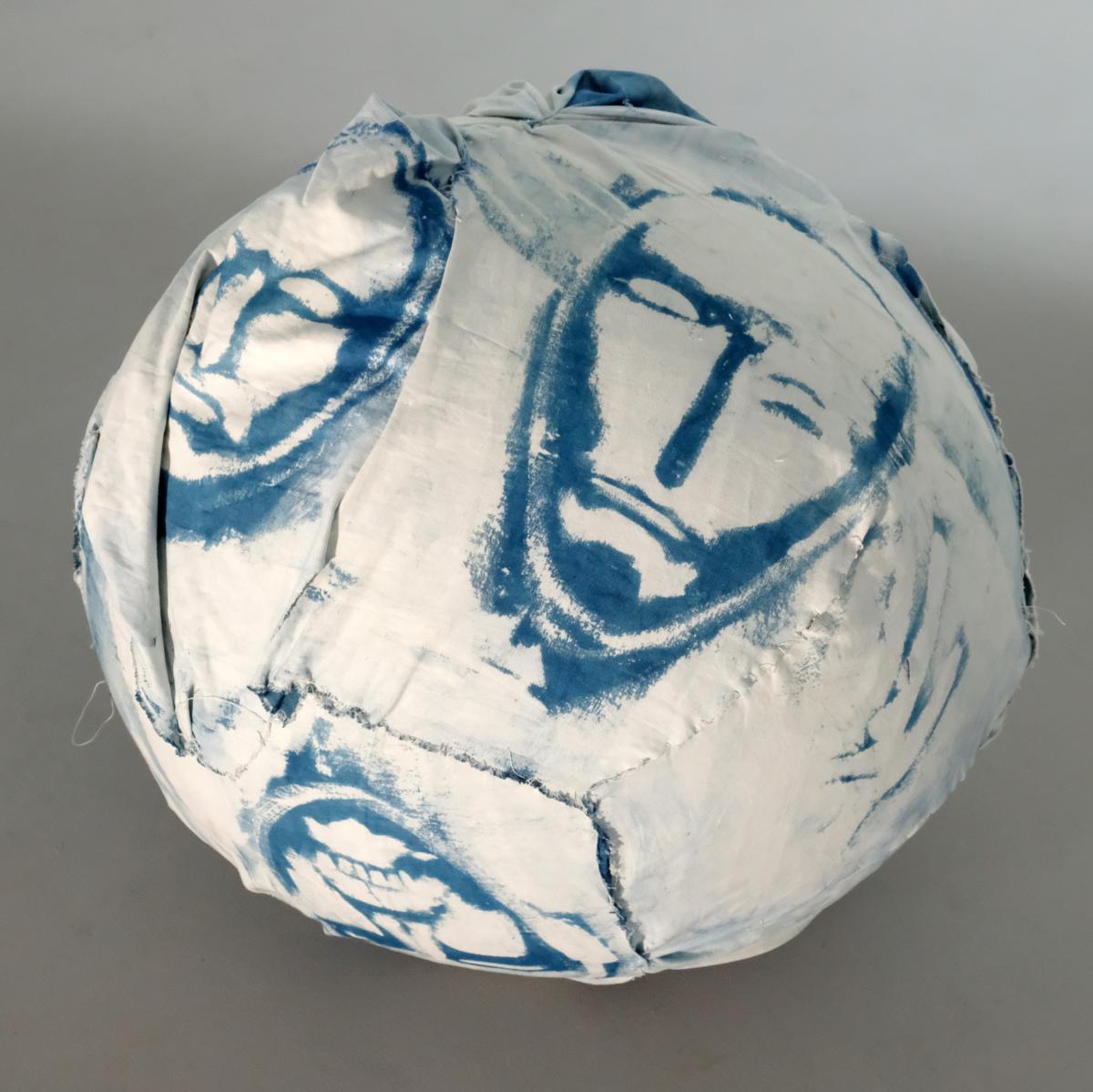
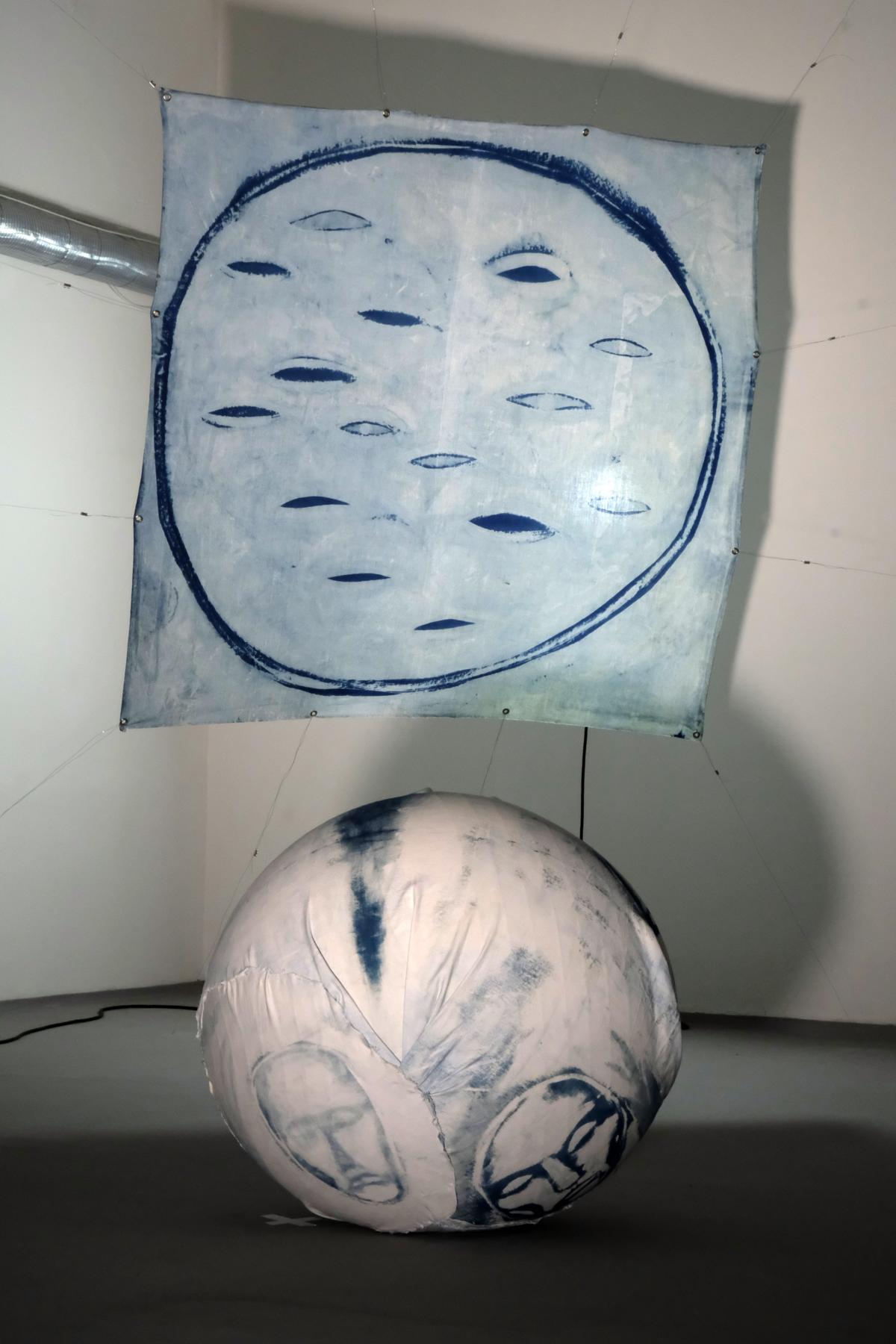
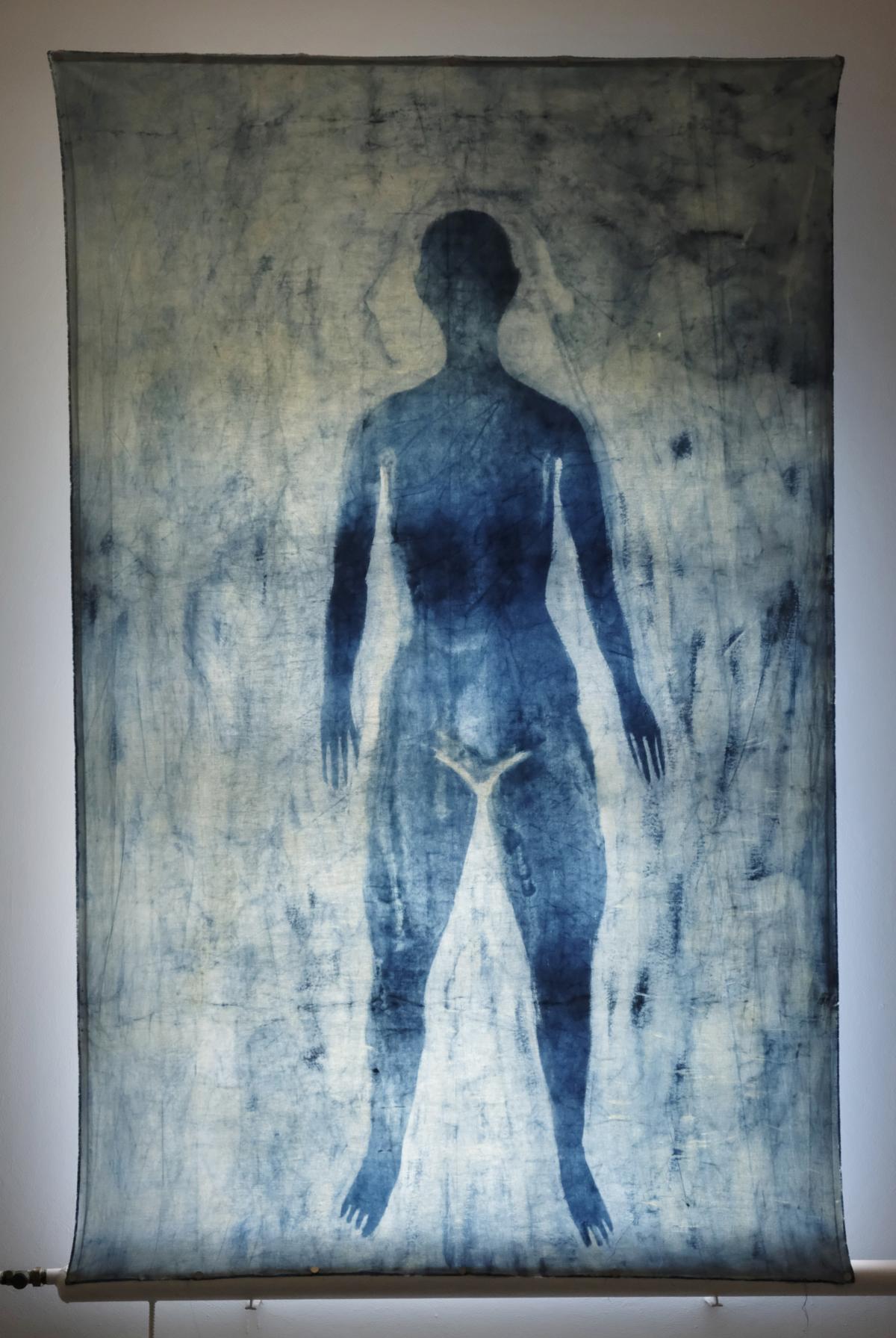
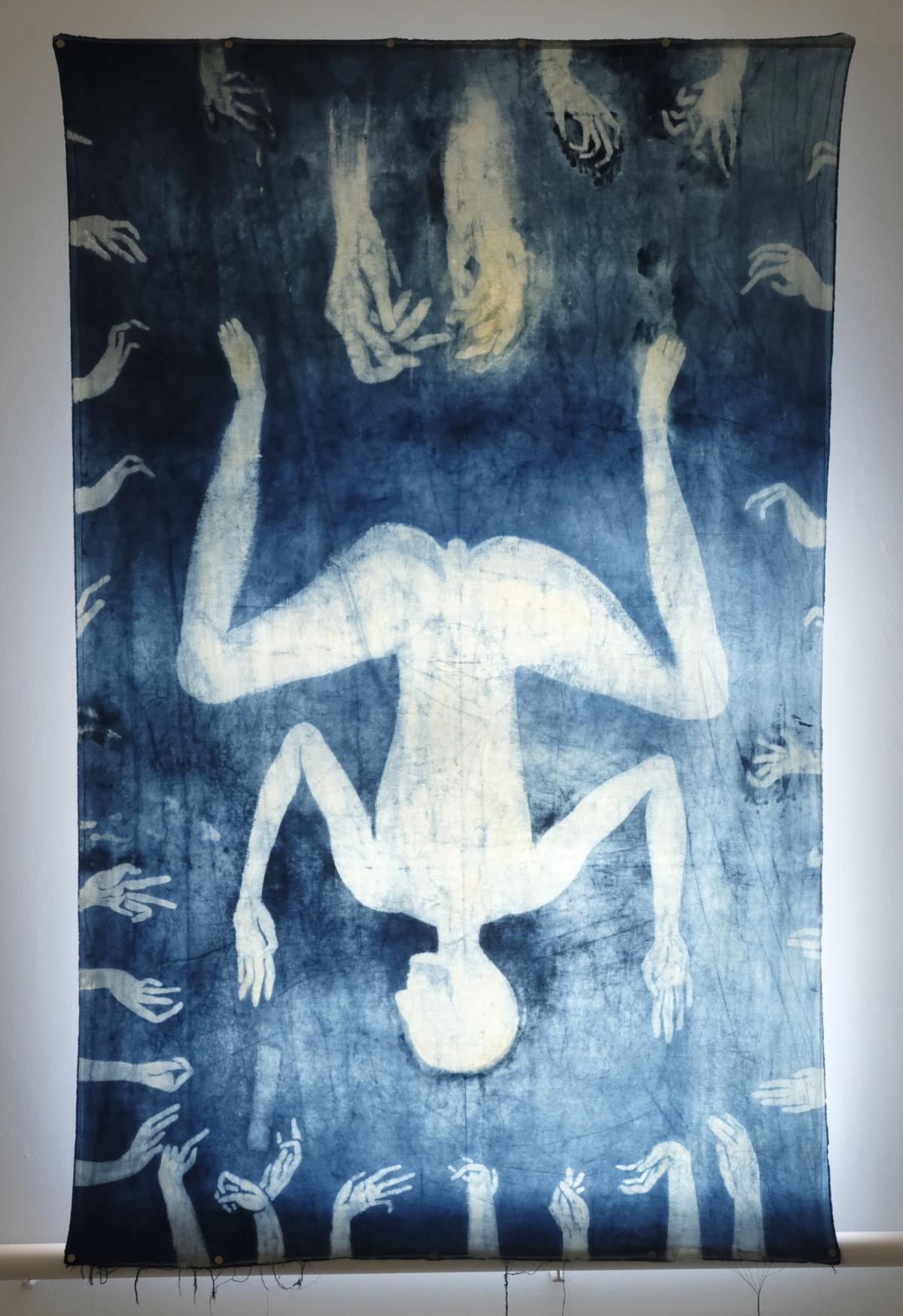
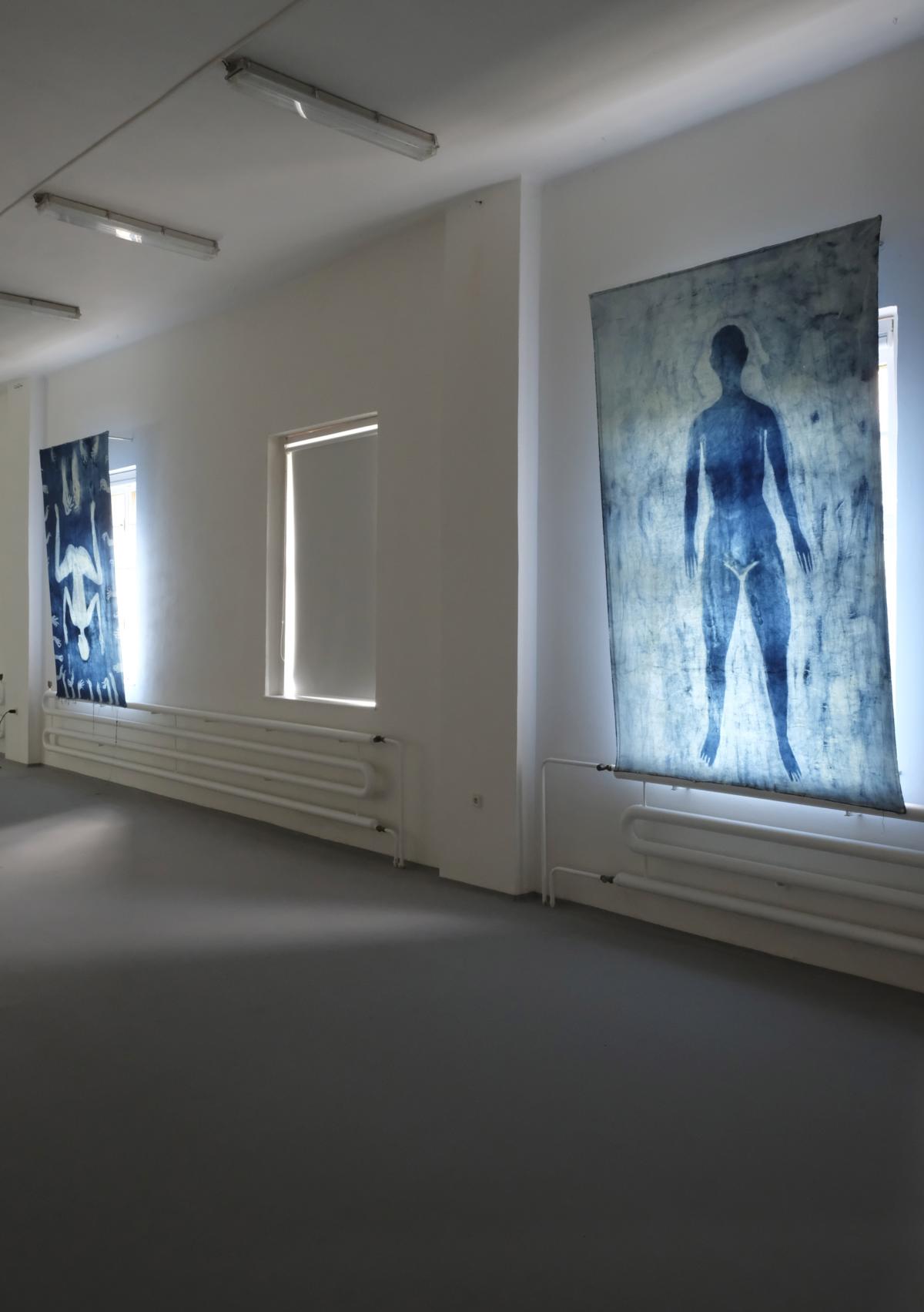
Time’s Weather has a double meaning: the English expression weather is derived from the older expression weter, meaning wind or storm. However, the Latin equivalent tempestas is an expression for both time and weather, which is a duality that persists amongst the Romance languages. In this technocratic world, linguistic codes are losing their connotations and are limited to simple denotations. This approach towards symbols and the multilayered meanings in words is the core of Adéla Součková’s work. The Old-English word weter (wind) can be understood not only as an invisible primary cause of inversions taking place in atmosphere, but also as an emotional storm within us. The ancient Greek personification of wind (anemoi) was associated with both natural cycles and their impact on human psyche. There are Four Winds, Four Directions and Four Human Temperaments. Like alchemist correspondence, they are portrayed in artworks of Adéla Součková, who transforms their symbolic meaning into literalness just as the philosopher’s stone could be turned into gold. Therefore, the weather forecast is an interpretation of inner feelings, and the hurricane Tiamat, the original chaos described in the Enuma Elish myth, becomes a metaphor for the present.
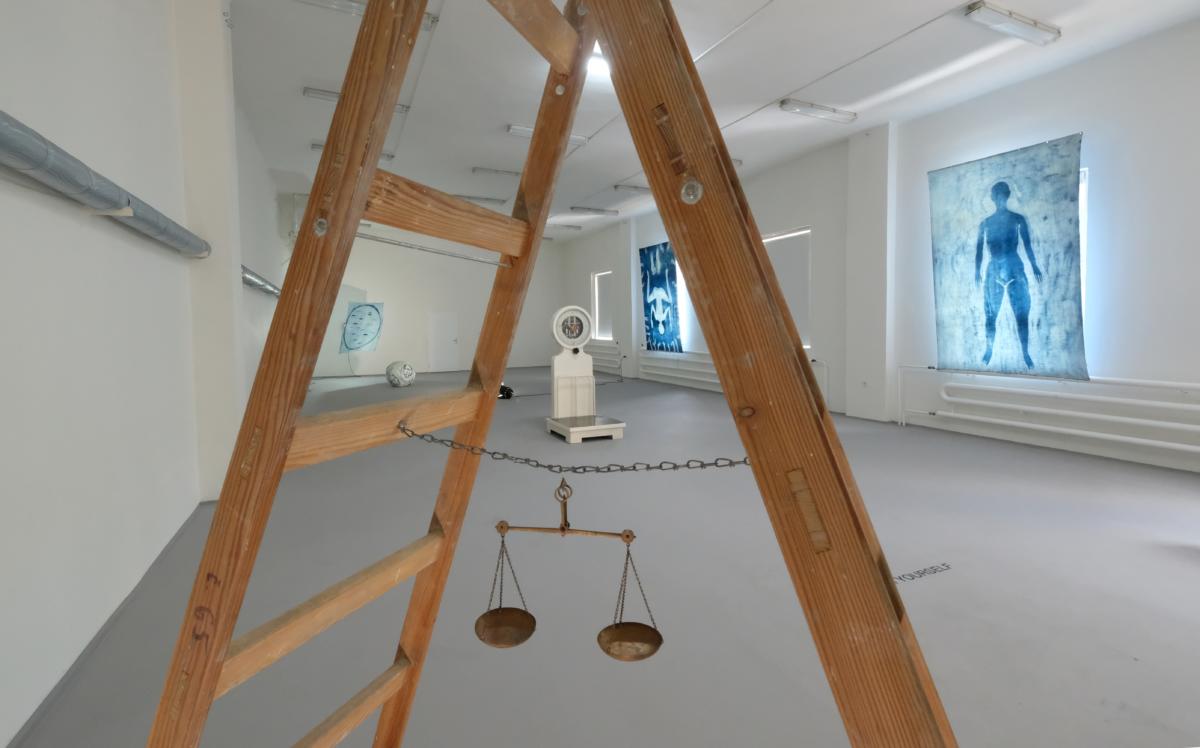
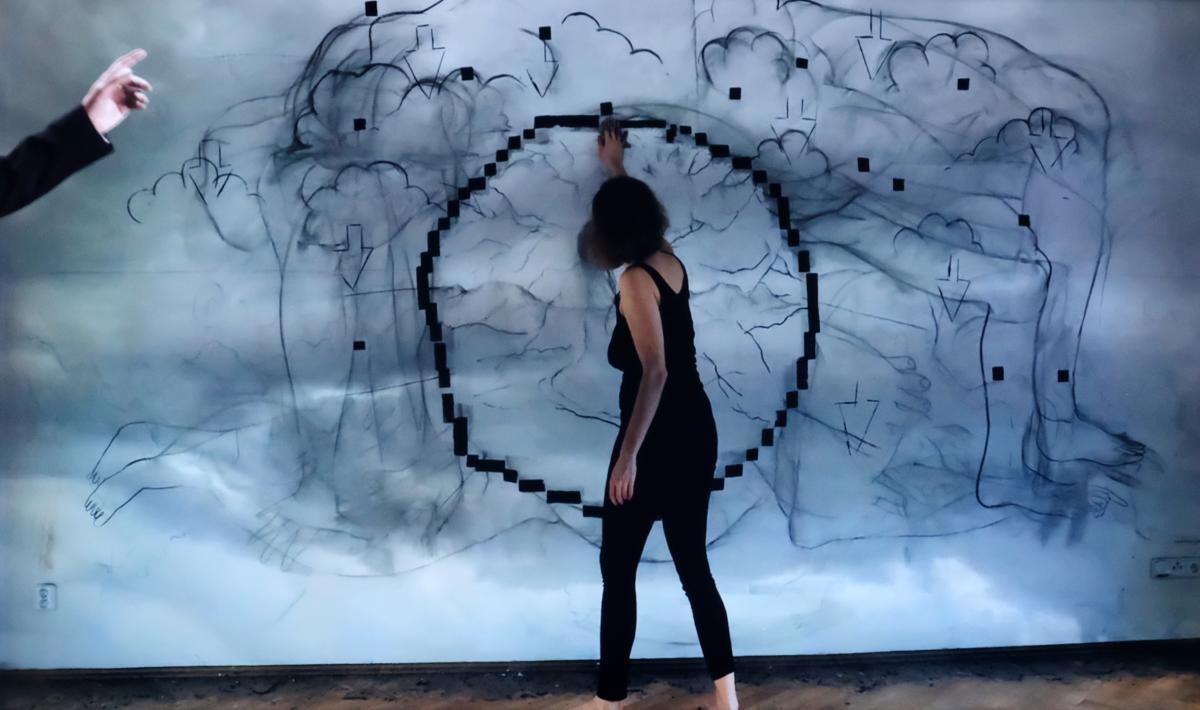

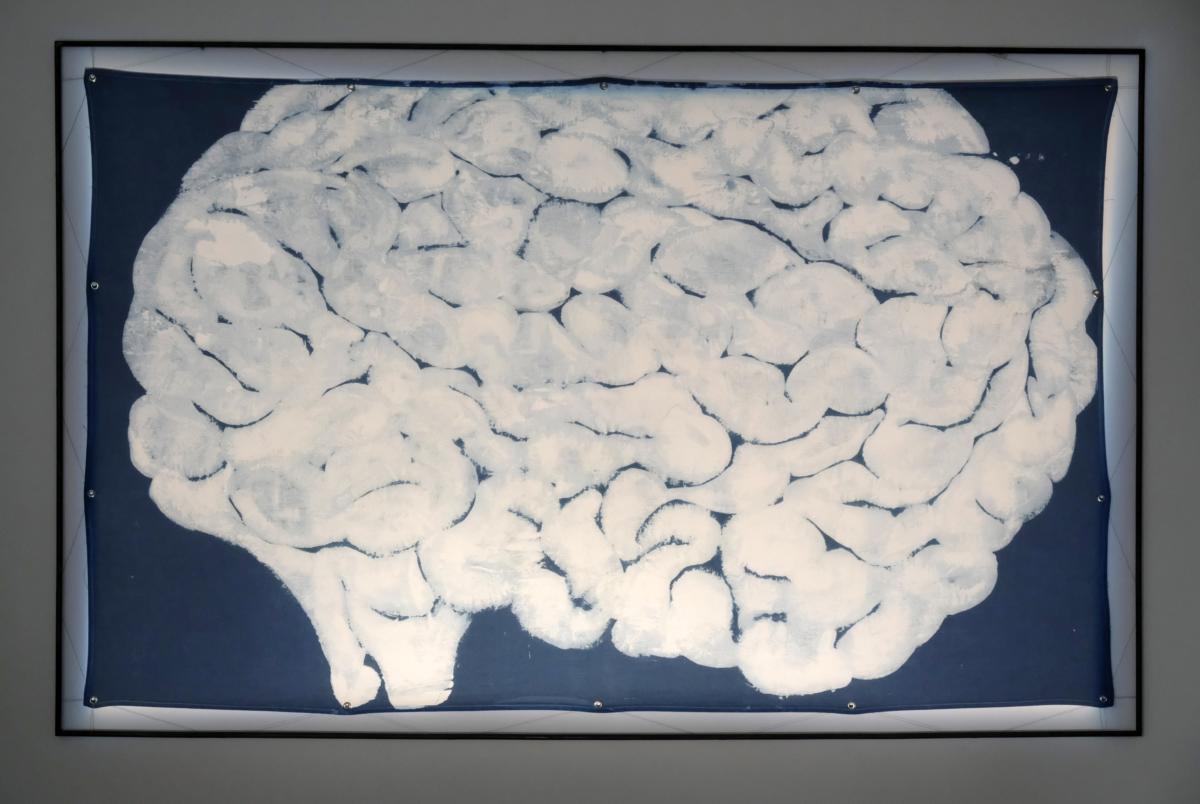
The exhibition has the form of an emblem, which is associated with the imperative “Weigh Yourself”. Weigh yourself, weigh all your actions, weigh all your thoughts. The Earth’s gravity pulling us to the ground is the weight of our lives. Weigh yourself, weigh the weight of your presence. The artwork Váha (Weight) by Adéla Součková does not stress us about our weight, but rather about time – it is the present moment that contains all the weight of the past. This alludes to Marcel Proust’s In Search of Lost Time (À la recherche du temps perdu), in which the narrator dips a piece of madeleine into the cup of lime-flower tea, reminiscing about his childhood. The present is a black hole absorbing time, which is why other artworks carry their mythological prefigurations to the present as well. The black hole is the most massive object of the spacetime continuum and although it cannot be seen, it is located in the Cygnus X-1, the Swan constellation. These elements juxtaposed symbolically recalls the swan’s pre-death song, which interlaces life’s peaceful beauty in the midst of mortal anguish.[2] The artworks presented at the Time’s Weather exhibition represent the imaginary black holes: they contain paintings, symbols, mythology of the past and expose them in their uniqueness of the present.
Eva Skopalová
[1] Platón, Ústava (Republic), Prague 2001, pp. 127-128, Par. 435.
[2] Platón, Faidón (Phaedo), Prague 2000, pp. 50, Par. 84e-85b.
Imprint
| Artist | Adéla Součková |
| Exhibition | Time’s Weather |
| Place / venue | Karlin Studios |
| Dates | June 13 - July 22 2018 |
| Curated by | Eva Skopalová |
| Photos | Jirka Jansch |
| Website | www.futuraproject.cz/en/karlin-studios |
| Index | Adéla Součková Eva Skopalová Karlin Studios |
